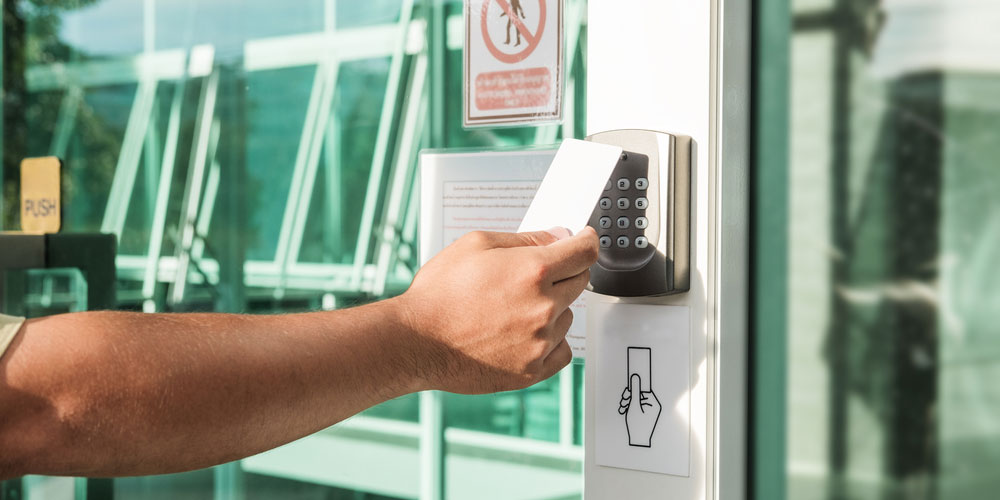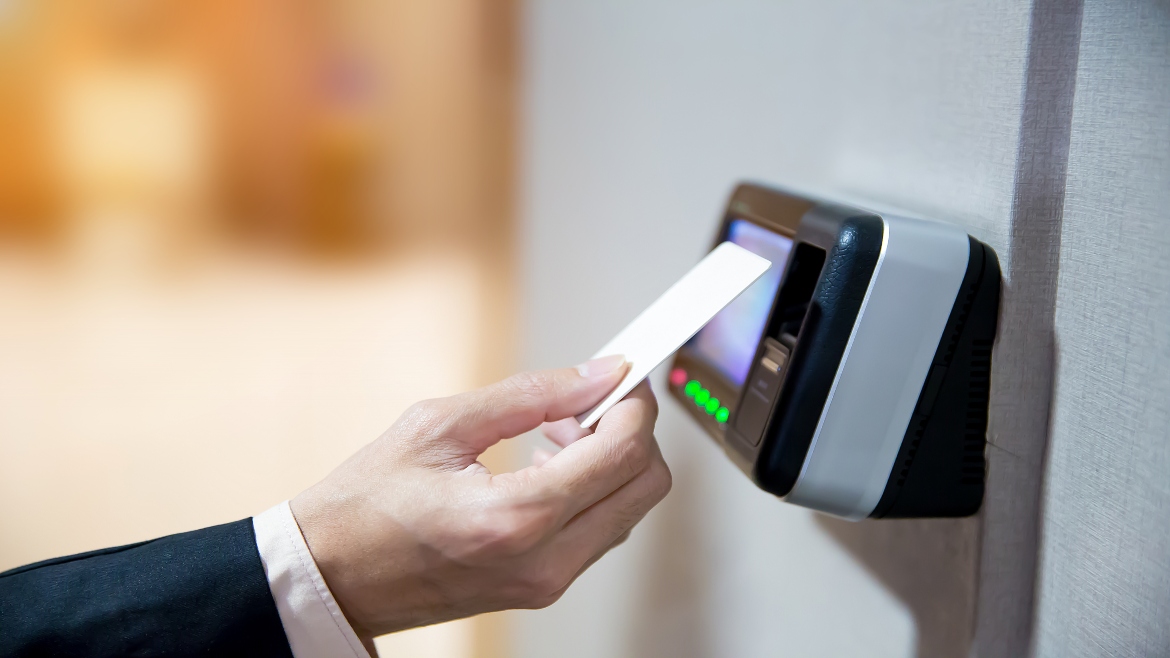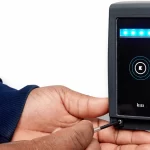I. Introduction
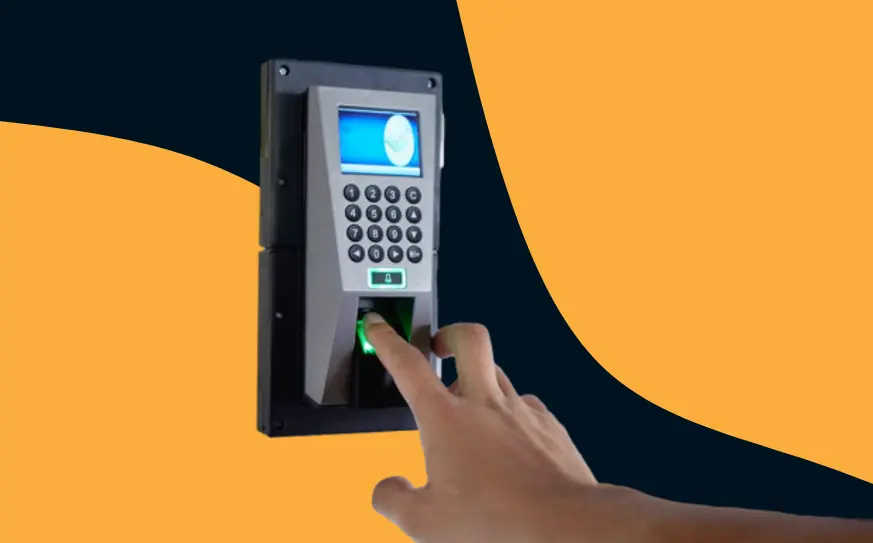
Physical access control refers to the measures and systems put in place to control and manage who has access to a physical space, such as a building, room, or facility. It is an essential aspect of security management, as it helps protect assets, ensure the safety of individuals within the premises, and prevent unauthorized access.
II. Understanding Physical Access Control
A. Basics of Physical Access Control
To understand physical access control, it is essential to grasp its definition, purpose, and the elements and components of the systems involved.
Physical access control serves the purpose of regulating and restricting entry to physical spaces, ensuring that only authorized individuals can gain access. It involves the deployment of various security measures, including barriers, locks, keys, access cards, and biometrics, to control and monitor entry.
The elements of a physical access control system typically include:
- Physical barriers: These include walls, fences, gates, turnstiles, and doors that physically prevent or restrict entry to a space.
- Locks and keys: Physical locks and keys are traditional access control measures that require a physical token, usually a key, to grant access.
- Biometric systems: These systems use unique biological and physiological characteristics, such as fingerprints, iris patterns, or facial recognition, to authenticate and verify individuals.
- Access control devices: These include card readers, keypads, biometric scanners, and other technologies used to grant or deny access to individuals based on authentication.
- Access control policies: These are the rules and regulations that govern access, specifying who can access certain areas, under what circumstances, and during what times.
B. Access Control Technologies
Access control technologies have evolved significantly over the years, providing more efficient and secure means of controlling access to physical spaces. In this section, we will explore two key access control technologies: key-based access control and card-based access control.
-
Key-Based Access Control
a. Overview and working principles:
Key-based access control utilizes physical keys to unlock doors and grant access. The keys are uniquely cut and coded to match specific locks, ensuring that only authorized individuals possess the keys required for access.
b. Key management and distribution:
Effective key control is crucial to maintaining security. Key management includes strategies and procedures for handling and distributing keys, ensuring they are only given to authorized personnel and properly documented.
c. Key control and auditing:
Key control measures, such as key logs and audits, help track the movement and usage of keys, providing accountability and reducing the risk of unauthorized access.
-
Card-Based Access Control
a. Introduction to card access control systems:
Card-based access control systems use proximity cards, smart cards, or key fobs as credentials to grant access. These cards store electronic information and communicate with card readers to authenticate individuals.
b. Types of access cards and credentials:
Access cards can vary in technology, offering differing levels of security. Proximity cards, for example, use radio frequency identification (RFID) to transmit information to a card reader, while smart cards feature embedded microprocessors for more advanced security features.
c. Card reader technologies and authentication methods:
Card readers can employ various technologies, including magnetic stripe, RFID, and NFC. Authentication methods may involve presenting the card physically to the reader or using proximity-based techniques.
III. Implementing Physical Access Control Measures
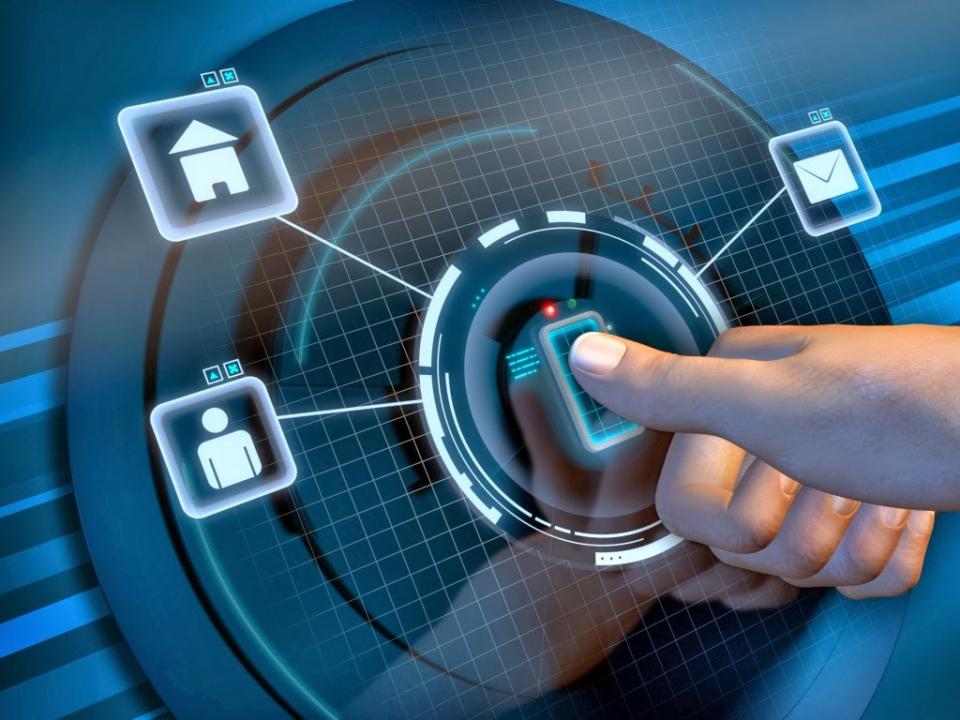
A. Access Control Policies and Procedures
Access control policies and procedures are essential for effectively implementing physical access control measures. In this section, we will discuss the development of access control policies, creating procedures and protocols, and the concept of role-based access control.
- Developing access control policies:
Access control policies define the rules and regulations governing access to physical spaces. These policies should be developed based on the organization’s security requirements, industry regulations, and risk assessments. They outline who should have access to specific areas, when access is permitted, and under what conditions. - Creating access control procedures and protocols:
Once access control policies are established, procedures and protocols need to be developed and implemented to ensure their effective execution. These procedures should cover aspects such as assigning access privileges, issuing and revoking access credentials, and responding to access violations or security incidents. - Role-based access control (RBAC) and permissions:
RBAC is a popular access control model that assigns access permissions to individuals based on their roles and responsibilities within an organization. By implementing RBAC, organizations can ensure that employees have the appropriate level of access required to perform their job functions, minimizing the risk of unauthorized access.
B. Physical Access Control Systems

Physical access control systems encompass a range of technologies and measures that effectively control and monitor access to physical spaces. In this section, we will explore electronic security systems and biometric access control.
-
Electronic Security Systems
a. Surveillance cameras and monitoring:
Surveillance cameras play a crucial role in physical access control, as they provide visual monitoring of the facility and record any suspicious activities or unauthorized access attempts. Monitoring the camera feeds in real-time enables quick response to security incidents.
b. Intrusion detection systems (IDS) and alarms:
IDS are designed to detect unauthorized entry or intrusion attempts through sensors, motion detectors, and other devices. When an intrusion is detected, alarms are triggered, alerting security personnel to respond swiftly.
c. Perimeter security measures:
Perimeter security measures, such as perimeter fences, gates, and barriers, are the first line of defense in physical access control. These measures ensure that only authorized individuals can enter the premises and help deter and detect unauthorized access attempts.
-
Biometric Access Control
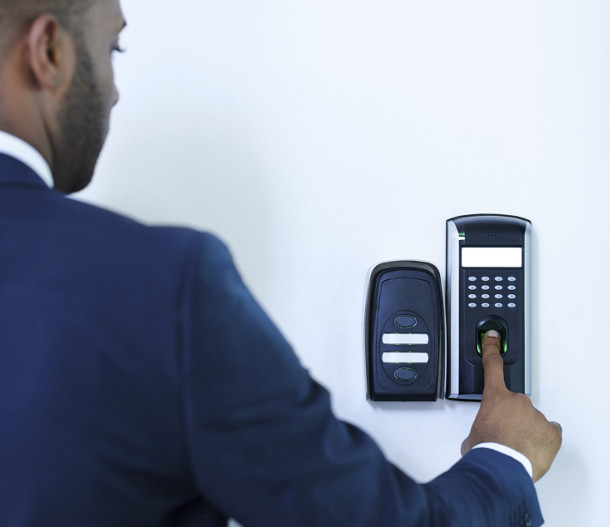
a. Biometrics as an access control method:
Biometric systems utilize unique physiological or behavioral characteristics, such as fingerprints, iris patterns, or facial features, to authenticate and verify individuals. Biometrics provide a high level of security, as they are difficult to replicate or spoof.
b. Types of biometric identifiers:
There are various types of biometric identifiers used in access control systems. These include fingerprints, iris scans, facial recognition, voice recognition, and even DNA matching. Each biometric identifier has its own strengths and weaknesses, and the choice depends on factors such as the level of security required and user convenience.
c. Biometric system implementation and challenges:
Implementing biometric access control systems requires careful consideration of factors such as system accuracy, speed, scalability, and user acceptance. Challenges such as privacy concerns, data protection, and system maintenance also need to be addressed.
In conclusion, implementing effective physical access control measures requires the development of access control policies and procedures, the implementation of physical access control systems, and the integration with other security measures. By understanding these concepts and deploying the appropriate technologies and protocols, organizations can enhance their overall security posture and prevent unauthorized access to physical spaces.
